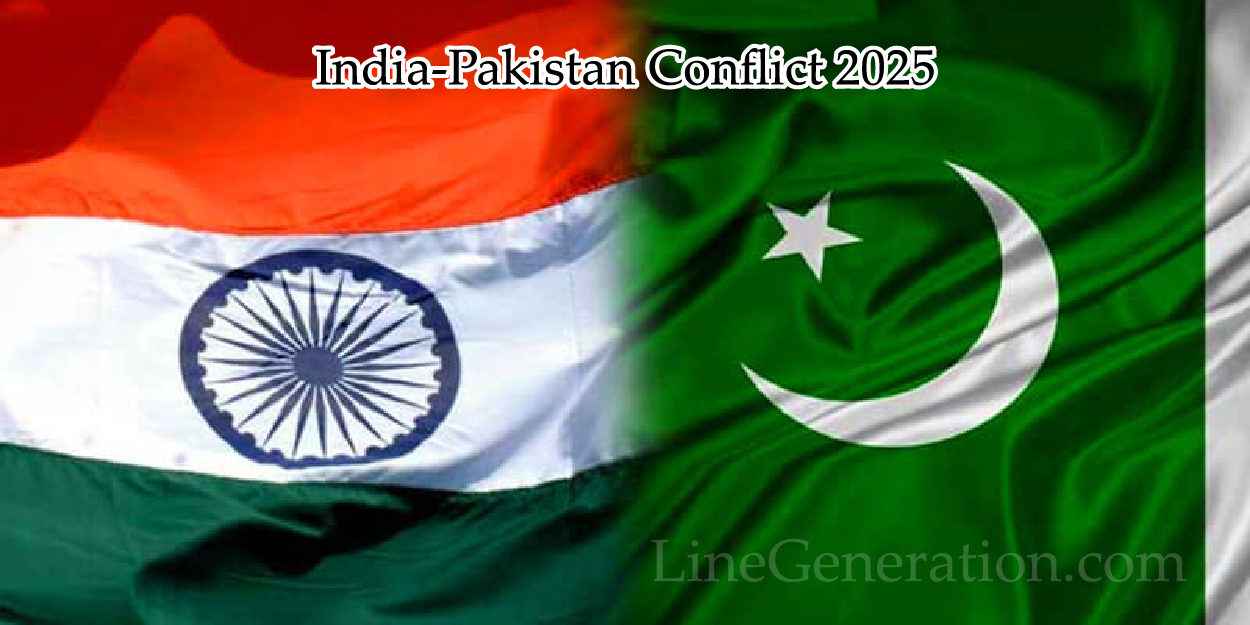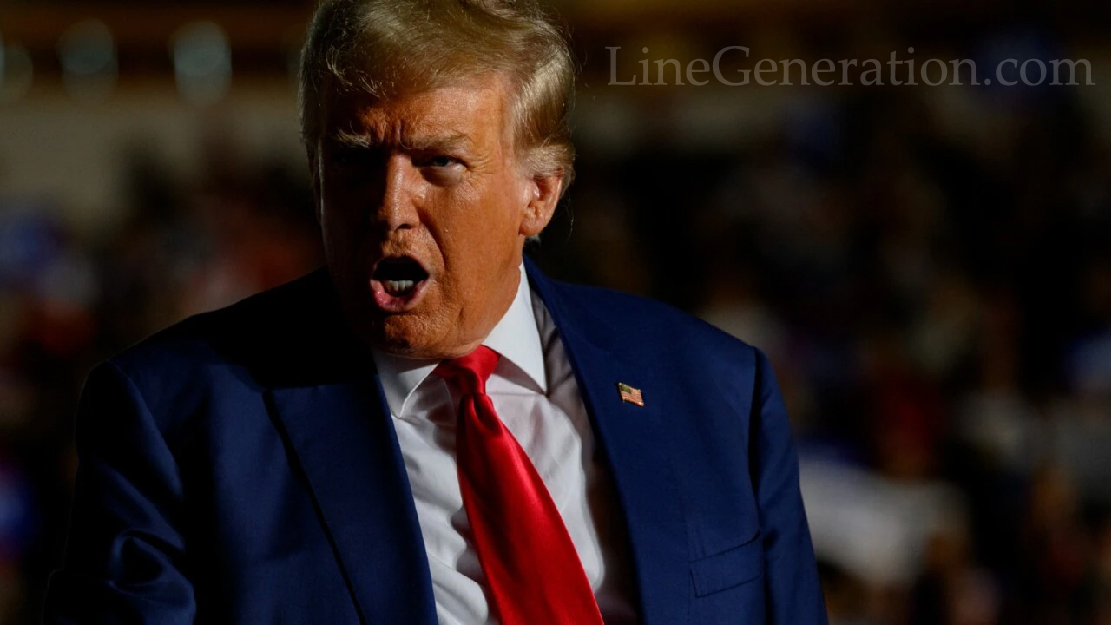The Genesis of the India-Pakistan Conflict 2025
The India-Pakistan Conflict 2025 erupted following a devastating terrorist attack in Pahalgam, Jammu and Kashmir, on April 22, which claimed 26 lives. India attributed the attack to Pakistan-based militants, prompting a series of retaliatory measures. The situation escalated rapidly, leading to one of the most intense confrontations between the two nuclear-armed neighbors in recent history.
Military Engagements and Aerial Skirmishes
On May 7, a massive aerial dogfight ensued over the Line of Control (LoC), involving approximately 125 fighter jets from both sides. India deployed Su-30MKI and Rafale jets, while Pakistan responded with JF-17 Thunder and F-16 aircraft. The skirmish resulted in the downing of several aircraft, including at least one Indian Rafale jet. This confrontation is considered one of the largest aerial battles since the Gulf War.
Suspension of the Indus Waters Treaty
In a significant move, India suspended the Indus Waters Treaty on April 23, citing national security concerns. This unilateral decision led to a 90% reduction in the flow of the Chenab River into Pakistan, exacerbating tensions. Pakistan viewed this as an act of aggression, with officials warning of severe consequences, including potential military retaliation.
Impact on Major Events: IPL and PSL
The ongoing conflict has had a profound impact on major sporting events. The Board of Control for Cricket in India (BCCI) suspended the Indian Premier League (IPL) for one week, while the Pakistan Super League (PSL) was relocated to neutral venues. These decisions underscore the gravity of the situation and its far-reaching implications.
International Reactions and Diplomatic Efforts
The international community has expressed deep concern over the escalating India-Pakistan Conflict 2025. Gulf States, particularly Saudi Arabia, have stepped in as mediators, urging both nations to exercise restraint. The United States has also called for de-escalation, emphasizing the need for dialogue to resolve the crisis.
Civilian Impact and Humanitarian Concerns
The conflict has led to significant civilian displacement, particularly in border areas. Blackouts have been imposed in over 15 Indian cities as a precautionary measure against potential airstrikes. Humanitarian organizations have raised alarms over the growing refugee crisis and the urgent need for aid in affected regions.
Economic Ramifications
The India-Pakistan Conflict 2025 has disrupted economic activities, with stock markets in both countries experiencing volatility. Trade routes have been affected, and investor confidence has waned amid fears of a prolonged conflict. The suspension of major events like the IPL has also led to substantial financial losses.
Media and Information Warfare
Both nations have engaged in intense information campaigns, utilizing media to shape public perception and international opinion. Accusations of misinformation and propaganda have been rampant, further complicating diplomatic efforts and fueling nationalistic sentiments on both sides.
Potential for De-escalation
Despite the heightened tensions, there are avenues for de-escalation. Backchannel communications and third-party mediations offer hope for a peaceful resolution. However, mutual distrust and domestic political pressures continue to pose significant challenges to diplomatic efforts.
The Road Ahead
The India-Pakistan Conflict 2025 stands as a stark reminder of the fragile peace between the two nations. The international community’s role in facilitating dialogue and promoting confidence-building measures is crucial. A sustainable resolution will require addressing underlying issues, including cross-border terrorism and water-sharing agreements.
FAQs
What triggered the India-Pakistan Conflict 2025?
The conflict was triggered by a terrorist attack in Pahalgam, Jammu and Kashmir, on April 22, 2025, which India attributed to Pakistan-based militants.
How has the conflict affected civilians?
The conflict has led to civilian displacement, particularly in border areas, and blackouts in over 15 Indian cities as a precautionary measure.
What is the status of the Indus Waters Treaty?
India suspended the Indus Waters Treaty on April 23, 2025, leading to a significant reduction in water flow to Pakistan and escalating tensions.
Are there any diplomatic efforts underway?
Yes, Gulf States, including Saudi Arabia, have initiated mediation efforts, and the United States has called for de-escalation and dialogue between the two nations.
What are the economic impacts of the conflict?
The conflict has disrupted trade, led to stock market volatility, and caused financial losses due to the suspension of major events like the IPL.


